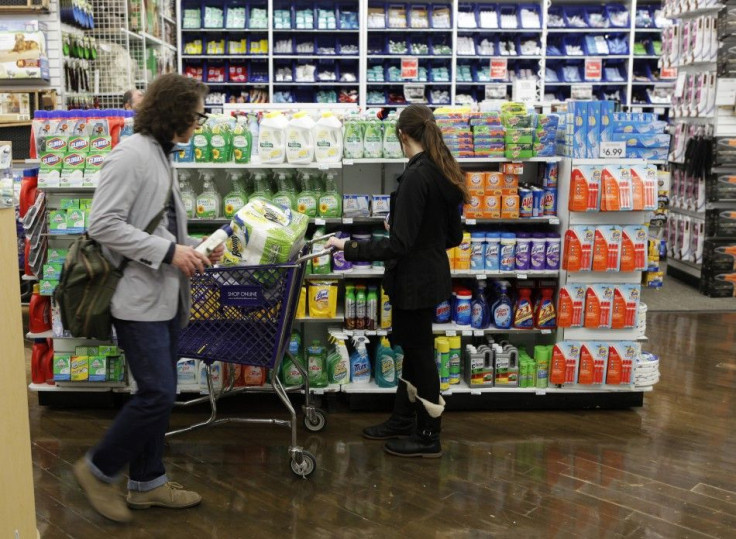US Retail Sales May 2013: Analysts Expect Biggest Growth In 3 Months Due To High Consumer Confidence, Improving Job Market and Rising Home Prices

U.S. retail sales in May are expected to have increased the most in the past three months, suggesting that despite the payroll tax hike and federal spending cuts, consumers are confident amid an improving job market and steadily increasing home prices.
Retail sales, which will be reported by the Commerce Department on Thursday at 8:30 a.m. EDT, account for about 30 percent of consumer spending. Seventy-one analysts polled by Reuters are forecasting an average of 0.4 percent month-to-month seasonally adjusted growth for total retail sales, a jump from April’s 0.1 percent growth.
In May, the U.S. created a better-than-expected 175,000 jobs, the Labor Department said last Friday. Economists had projected 160,000 new jobs, much higher than April's 149,000. Unemployment rose slightly to 7.6 percent, as more people entered the labor force, another sign of growing confidence.
Home prices have increased steadily for 12 consecutive months, encouraging spending because of the "wealth effect." The year to March saw U.S. home prices surge nearly 11 percent, according to the Knight Frank’s Global House Price Index.
In the first quarter, household net worth increased nearly 2 percent from last year's final quarter, to a total of $14,689.1 billion, the Federal Reserve reported last week. The figure exceeded its prerecession level in 2007, of $14,445.1 billion.
As a result of positive signs of growth indicated in these three reports, consumer confidence rose as well. In May, the Thomson-Reuters/University of Michigan consumer-sentiment index increased to 84.5 from 76.4 in April, the highest it has been in nearly six years. The report, published on Friday, exceeded expectations of 83.7.
Consumer confidence increased despite the payroll tax hike that came into effect in January, when Congress decided not to extend a temporary payroll tax cut that expired at the end of December 2012. The rate returned to 6.2 percent, from 4.2 percent.
Aside from the job market and balance sheet improvement, auto sales and a slight increase in gasoline prices probably also helped retail sales to the increase in May, said Paul Edelstein and Stephanie Karol, Global Insight U.S. economists for IHS, a global information and analytics provider.
Cars and light trucks sold at a 15.2 million annualized rate in May, the sixth month out of the past seven to exceed the 15 million mark, a figure that hasn't previously been reached since February 2008, according to the National Automobile Dealers Association.
Core sales, which excludes gas station and automobile purchases – a figure considered more accurate as gas prices and big-ticket auto purchases tend to be volatile – is expected to grow by 0.3 percent. The same figure fell by 0.2 percent in April, according to the survey by Reuters.
Sales in the clothing industry increased on average. Among clothing retailers, Gap Inc. (NYSE:GPS) reported a 7 percent increase in May sales, almost doubling the sales increase for May of last year, according to the company's May monthly same-store sales report.
© Copyright IBTimes 2025. All rights reserved.





















